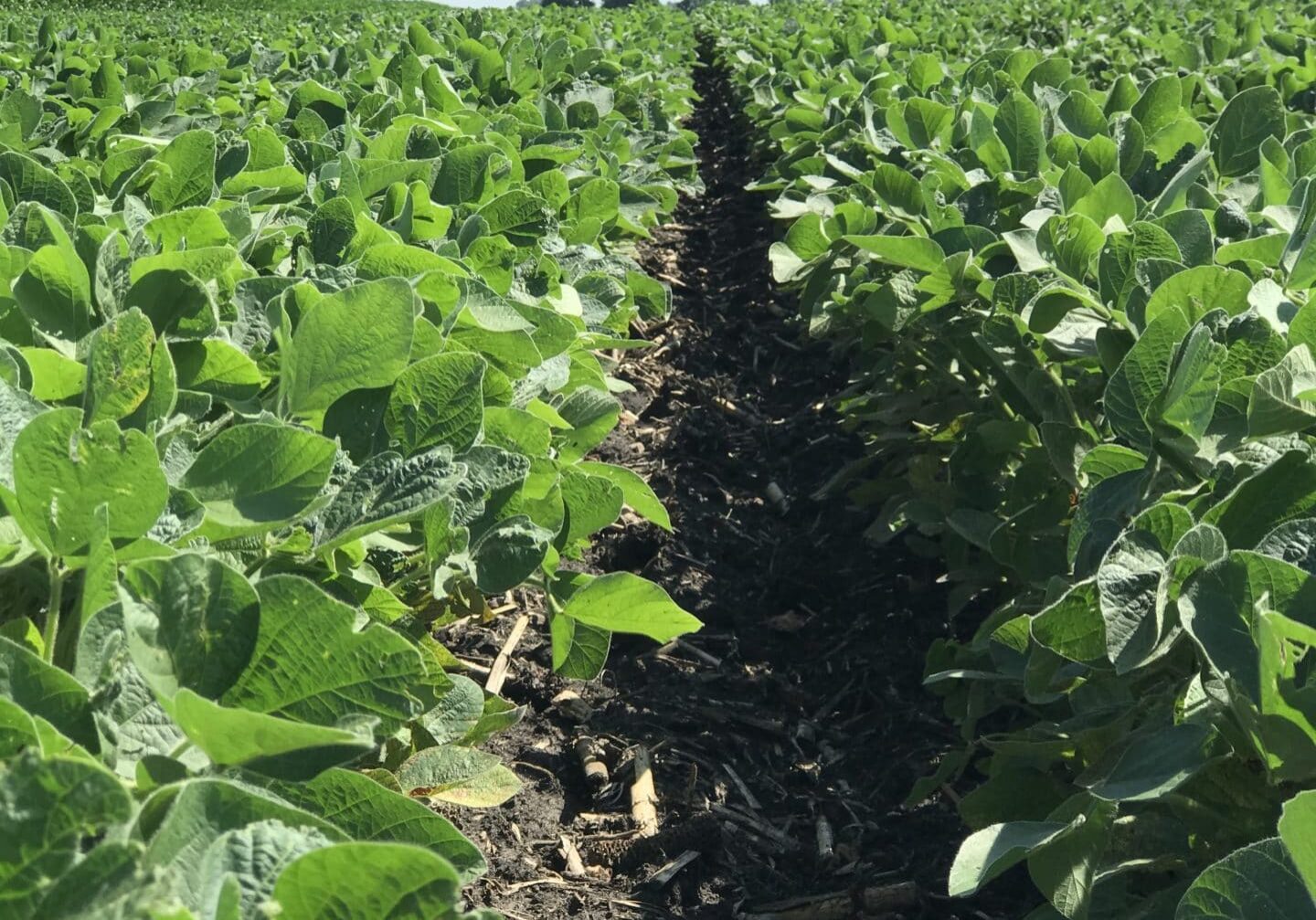Our Long List of Services
For the best in custom application, crop scouting and data management services, choose the agronomy team at New Vision Co-op. Read on to learn more about the specific services offered.
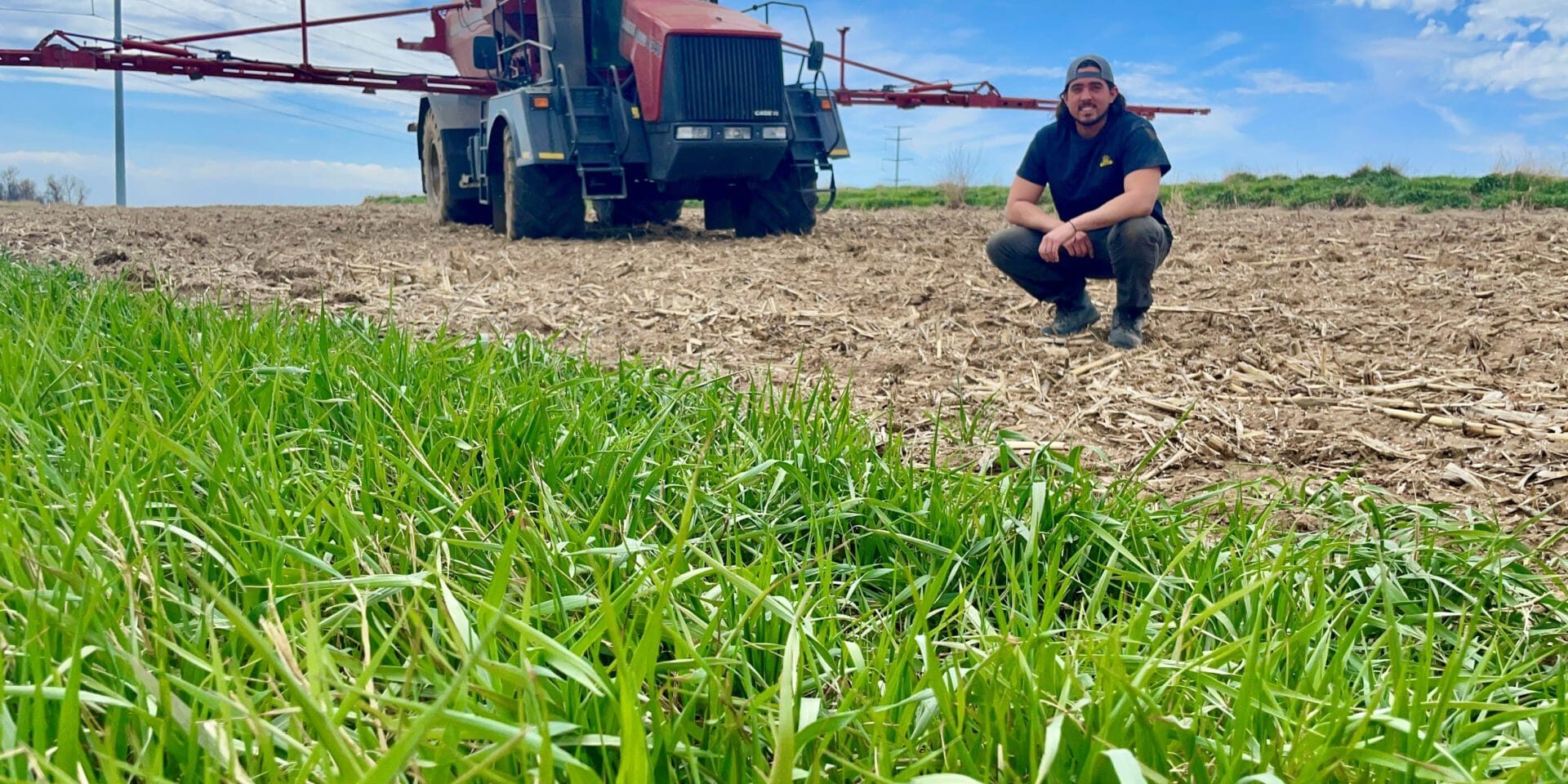
Grid Sampling
Grid samples can vary in size from 2.2-acre units to 4.5-acre units. We recommend 2.2-acre grids because they provide the best results. New Vision Co-op will obtain soil samples from your field with GPS technology that will identify and store each sample location. This is important for two reasons:
- The individual grid samples show how pH and fertility fluctuate throughout the field. This information provides the starting point to correct pH imbalances and improve soil fertility.
- The sample locations are stored by the GPS unit so future samples can be pulled from the same location. This allows us to compare changes in pH, crop nutrient use and crop production from one sampling year to the next and make the appropriate adjustments to your plan.
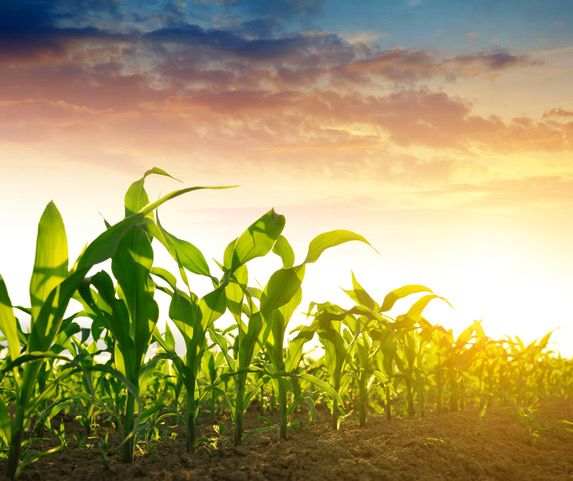
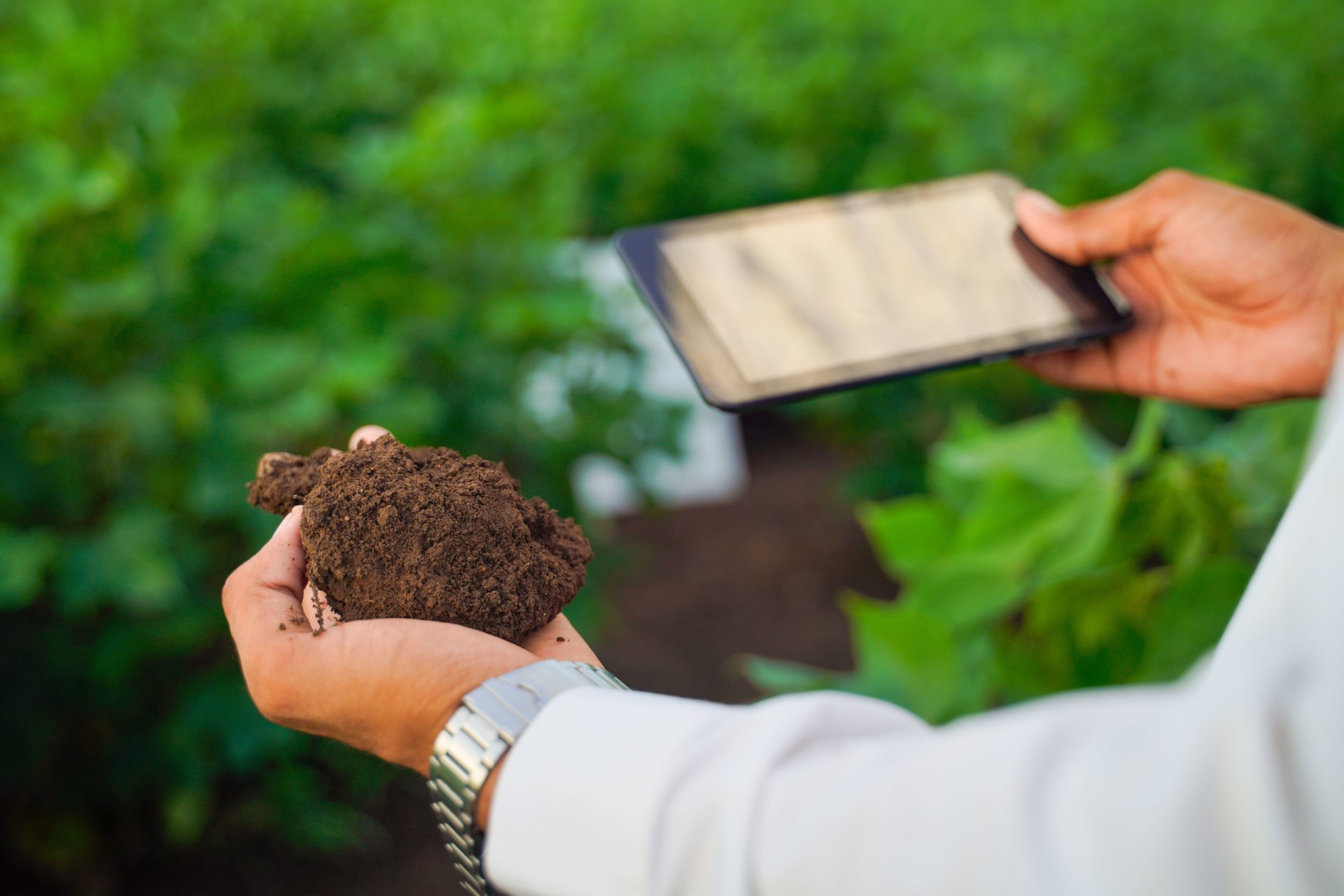
Key Points
The goal is to get the most cost-effective profile of your field's production capacity.
- The most popular grid sample size is 2.2-acre grids.
- Grid samples can be taken spring or fall.
- Grid samples are usually taken every four years.
- Grid sampling cost is $8-10 per sample depending on the size of the grids.
Soil Fertility
Interpreting soil sample information and applying crop nutrients in a way that supports your crop production goals is critical whether you use a precision or conventional approach. We have the experience to do both, and the equipment and skilled applicators to apply nutrients to your fields.
The goal is to correct pH and apply the most fertilizer on the areas of your field that have the best soils and drainage.

Key Points
- Crops respond to variable-rate fertilizer applications in the first year.
- Under the right conditions, old tile lines can be identified.
- Crops usually don't respond to variable-rate lime application until the second year.
- Customers are often surprised at how much lime is required and how much it helps crop production.
- It takes an experienced team that is capable of supplying and applying fertilizer during high-demand periods to have a successful precision ag program. That’s the New Vision agronomy team.
Pattern Ag
Pattern Ag's soil analysis provides a full physical, chemical, and biological profile of your field, and delivers results through our 360 Dashboard. Our dashboard provides you with comprehensive information about soil nutrients, soil biofertility, soil borne diseases, and below ground pests.

About Pattern Ag
Founded in 2018, Pattern Ag was created by a team with backgrounds in science, technology and agriculture. Discovering a way to DNA test soil, and deliver microbial insights, the team set out with the goal to revolutionize soil testing, and reduce input costs for growers. Our lab and data scientists are located in Emeryville, California, while our sales and marketing teams are located throughout our Midwest footprint.
All of Your Soil Analytics in One Place
Pattern Ag's goal is to deliver the most advanced set of soil analytics to help you make key decisions related to seed, crop, protection and fertility. Pattern Ag has developed three panels to make sure you are getting the most out of your inputs, while maximizing yields.
Sustainable Agriculture
New Vision is proud to be Truterra retailer, where we help you join a network of like-minded retailers, leading the way in sustainability. This partnership comes with access to countless benefits. By working with Truterra, you'll gain deeper insights into your growers' operations that will help you participate in emerging markets like carbon and other ecosystem service markets.
Want to implement conservation practices to better achieve agronomic and economic goals?
Data Management
Your precision ag data is important and should be managed appropriately. At New Vision Co-op, we do just that! New Vision Co-op understands that all data gathered from your fields is your data—and that you control it. This sounds simple enough, but some businesses or individuals may not recognize your ownership of your data.
The New Vision agronomy department will assist you with in gathering, cleaning, interpreting and storing your data. With your permission and guidance, the agronomy team will custom build your variable-rate lime, fertility, yield and planting program based on your objectives. Your data will not be shared or sold to anyone outside of the New Vision agronomy department without your knowledge and written permission. You will have access to your data at any time during business hours.
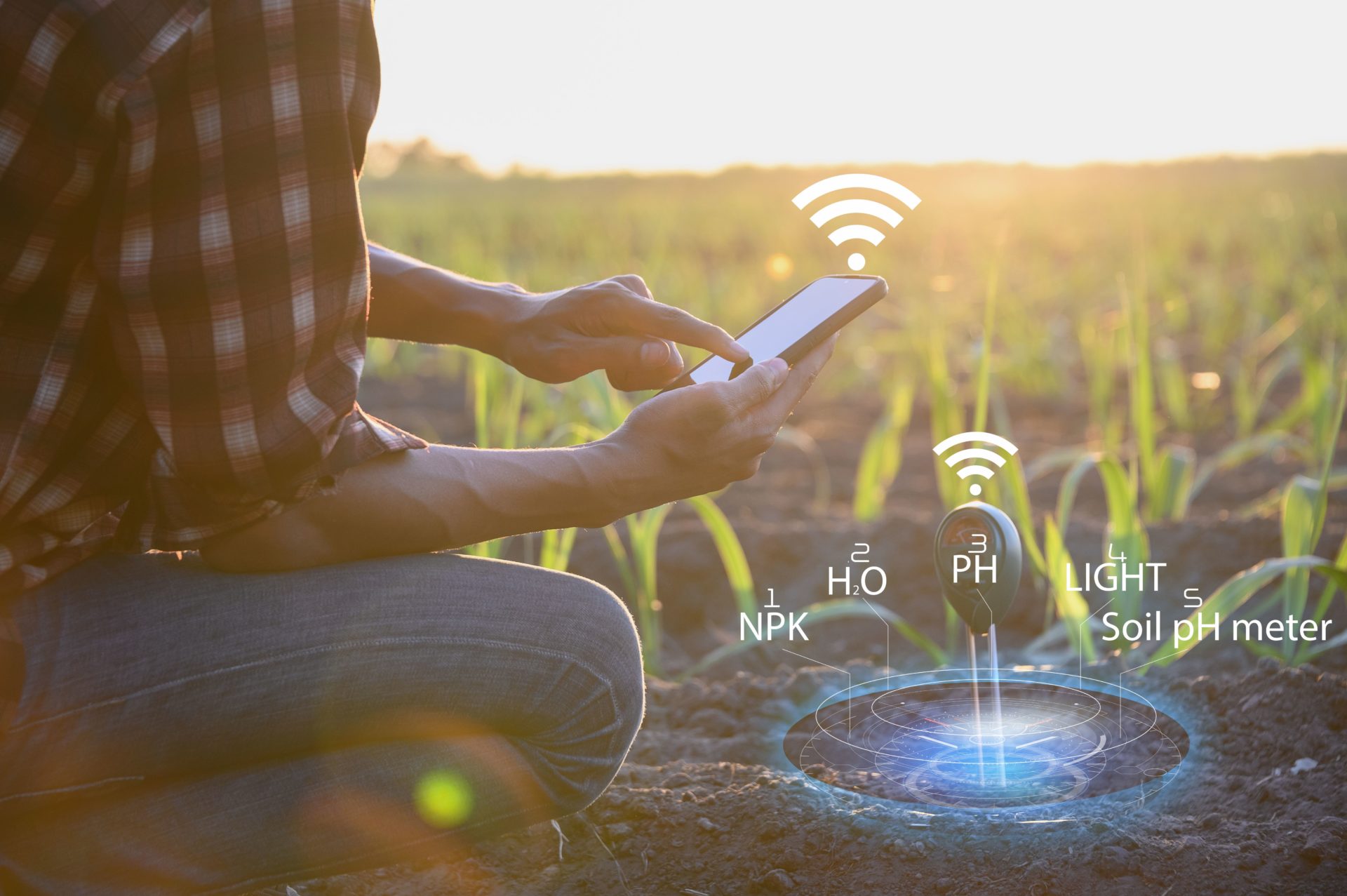
Key Point
- Consider your data as a valuable asset of your farm operation and manage it accordingly.
Achieve Your Ag
Operation Goals!
As a customer of New Vision Co-op, you'll receive the tools in a competitive marketplace that are essential to having a profitable operation.
